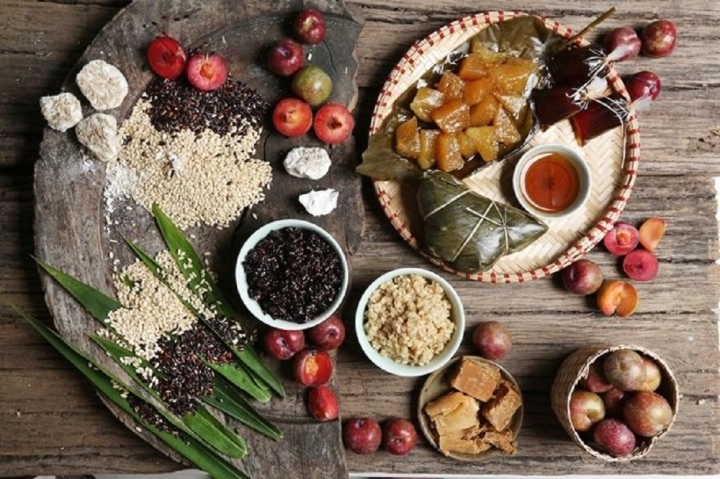
Discover the Vietnamese Doan Ngo Festival, or Insect-Killing Festival
- on Jun 4, 2025 By: Phuong Mai NGUYEN
The Vietnamese Doan Ngo Festival is celebrated annually on the fifth day of the fifth lunar month. While it may seem like just another mid-year day, the significance of this date is quite intentional.
Let’s find out more about the Doan Ngo Festival in this article.
Significance behind the name and the timing of the Doan Ngo Festival
Tet Doan Ngo, or Doan Ngo Festival, comes with various names, including Tết Đoan Dương (Doan Duong Festival), Tết Trùng Ngũ (Trung Ngu Festival), andTết Nửa Năm (Half Year Festival). Perhaps we don’t need an explanation for the name “Half Year Festival”, but let’s break down the meaning of Đoan Ngọ and Trùng Ngũ.
“Trùng Ngũ” is quite a simple name, as “Trùng” means “double”, and “Ngũ” signifies the number five. From that, we will have the “double-five day”, which is the date when this festival is celebrated.
“Đoan” in the word “Đoan Ngọ” signifies the start, middle, and righteousness, and “Ngọ” refers to the Ngọ hour, which is at noon. “Doan Ngo” marks the beginning of summer and is also the moment when the sun reaches its highest point.
China, North Korea, and South Korea also celebrate this festival, though the customs may vary.
In Vietnam, the fifth day of the fifth month festival is predominantly associated with health and hygiene concerns, which arise for two main reasons: this month, corresponding to May-June, signals the start of the hot season, often accompanied by significant outbreaks of plague and cholera. Additionally, it is the period of the longest sunlight, making it a time when good or evil forces reach their peak. When diseases are prevalent, the effectiveness of remedies—whether magical or otherwise—increases.
Why the name “Bug-Killing Festival”?
In Vietnam, the “Bug-killing Festival” (Tết diệt sâu bọ in Vietnamese) is widely used to refer to the Doan Ngo Festival. While this name may seem unusual at first, the connection between peak solar energy and bug killing might not be immediately obvious. However, this title effectively illustrates the ancient Vietnamese people's perception of seasonal health patterns. Here is the explanation for it.
As previously stated, the festival occurs when the weather transitions from cool spring to humid summer, fostering perfect conditions for pests to harm crops and for harmful microorganisms to flourish in humans. Since this is also when remedies are most effective, it’s the perfect time to eliminate these toxic elements, both in crops and in our bodies.
How the Doan Ngo Festival is celebrated in Vietnam
On the 5th day of the 5th lunar month, the Doan Ngo Festival is celebrated across Vietnam. While the celebration varies slightly from region to region, the essential traditions remain the same.
Like any important festival, this is the time when Vietnamese people express their gratitude to their ancestors and pray for good health and happiness. From early morning, people prepare offerings to put on their family altar and burn incense at the Ngo hour (11 am to 1 pm). The offerings are quite different between regions.

Bathing with aromatic leaves is one of the traditions during the Tet Doan Ngo, though it is not practiced as much as in the past. Some families continue to practice this purification ritual during the Ngo hour on the 5th day of the 5th lunar month, using boiled water infused with various leaves and herbs, such as cilantro, lemongrass, mugwort, and eucalyptus. Aromatic leaf bathing is believed to be effective in chasing away bad energy. Scientifically, oils from these leaves provide antibacterial properties, relaxation, and refreshing sensations.
In certain countryside areas, and especially in the mountainous regions, people practice harvesting medicinal plants at noon as well. They also hang evil-dispelling plants at their front door to manifest good energy and dispel bad energy. Some of the plants used are mugwort, bamboo branches, and eucalyptus branches.
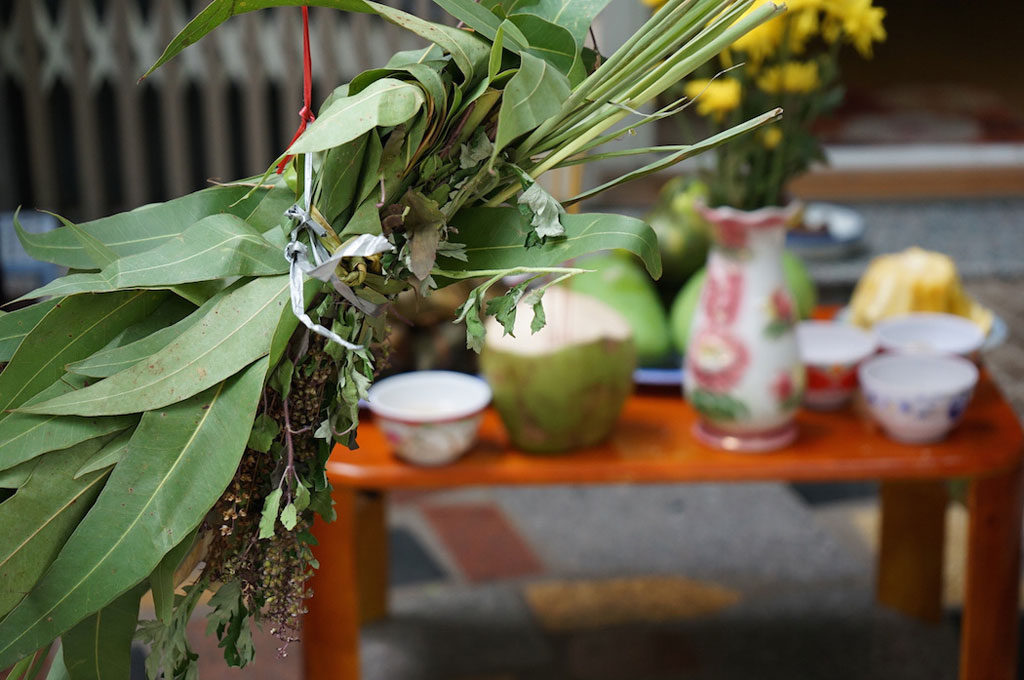
Essential dishes for offerings on the Doan Ngo Festival
During the festival, Vietnamese people prepare seasonal offerings to present to their ancestors.
Must-have dishes for Doan Ngo Festival in Northern Vietnam
In Northern Vietnam, the must-have offerings for the Tet Doan Ngo are: Ruou nep, also known as Com ruou (fermented glutinous rice wine), seasonal green fruits such as plums and lychees, and Banh Tro (ash cake).
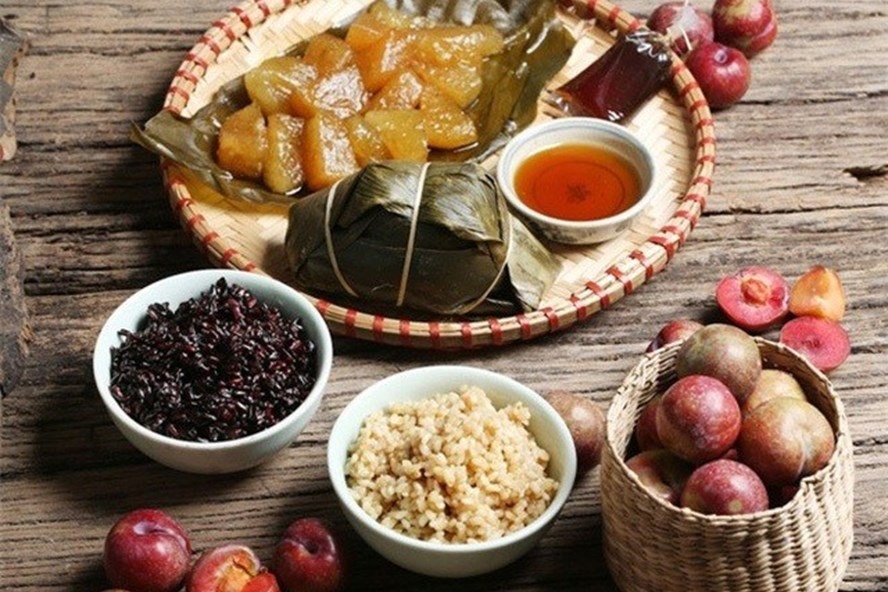
Traditionally, Vietnamese people eat fermented glutinous rice wine first thing in the morning as a ritual to purge all impurities from the body. After steaming, the rice is placed in a jar and mixed with rice yeast powder. The mixture is then left to ferment for around 72 hours. Moderately alcoholic and sweet, this dish can be eaten on its own or with yogurt. The fermented rice wine helps eliminate harmful microorganisms while also stimulating blood circulation and enhancing immune system function.
The Banh Tro is another dish to enjoy during the Doan Ngo Festival. Chewy and aromatic, this food is made with glutinous rice and ash water from burned rice straw or some kinds of leaves, and enjoyed with sugar syrup.
Fruits are also a must-have item on the altar. In the North, lychees, plums, and watermelons are popular choices.
Must-have dishes for Doan Ngo Festival in Central Vietnam
Similar to the North, Central Vietnam also has fermented rice wine on their altar on the Doan Ngo Festival, though there is a difference in presentation. In this region, the Com Ruou is pressed and cut into square chunks, instead of having no shape like that of the North.

Other than fermented glutinous rice wine and ash cake, duck meat and Chè Kê are must-have offerings in the Center for Tet Doan Ngo. Duck meat is categorized as a "yin" food, which means it's associated with cooling, fluid, and quietness, perfect for cooling the body, enriching the blood, and strengthening the digestive system. Che Ke is a dessert made from millet and often includes green beans, sugar, and sometimes other ingredients like coconut milk or tapioca pearls.

Fruits are never the least. Bananas, pineapples, and lychees are among the choices.
Must-have dishes for Doan Ngo Festival in Southern Vietnam
In Southern Vietnam, fermented glutinous rice wine is also on the offerings list, but in small balls. The other offerings are Bánh Ú and Chè Trôi Nước (Vietnamese glutinous rice balls). Like Banh Tro, Banh U is another cake made of glutinous rice. The difference is that Banh U has savory fillings while Banh Tro doesn’t, and the texture of these two kinds of cake is completely different.
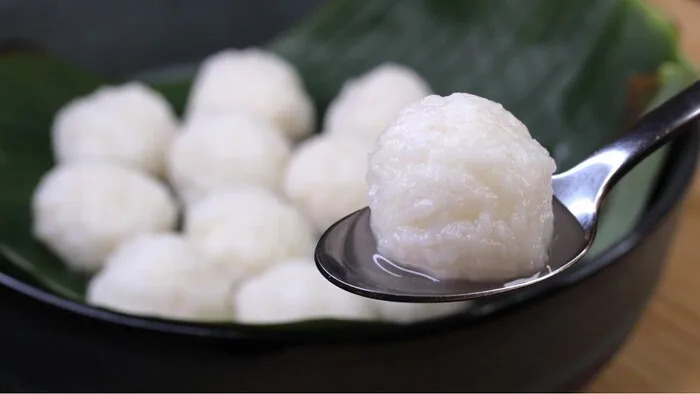
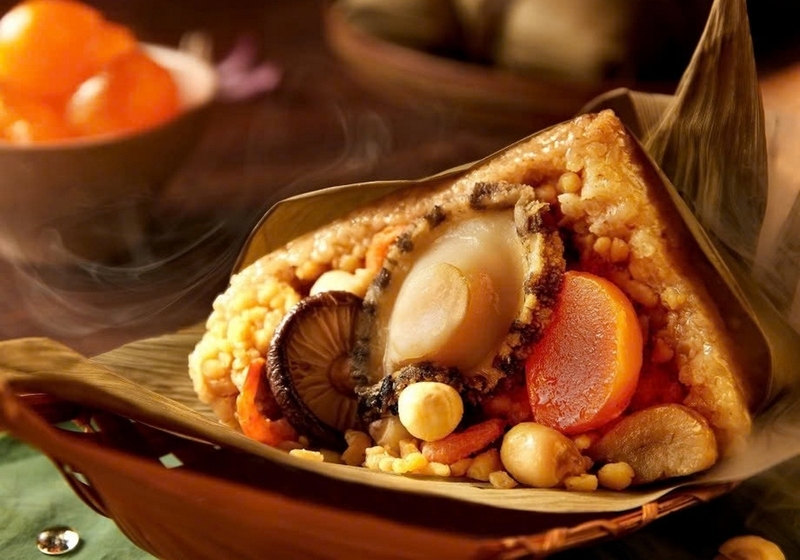
People in Southern Vietnam select mangos, rambutans, and durian as fruits to present to their ancestors.
And that is what you need to know about the Vietnamese Doan Ngo Festival. We hope you enjoyed reading this. If there is anything else you would like to know about this festival or if there is a Vietnamese festival that you would love to learn about, don’t hesitate to leave it in the comments below!
Related articles:
 Español
Español Français
Français







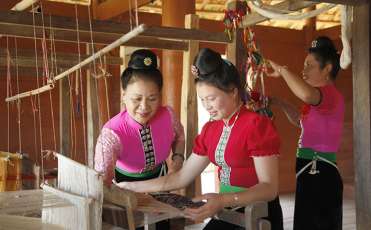
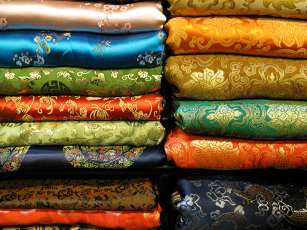
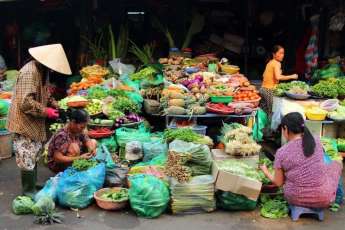
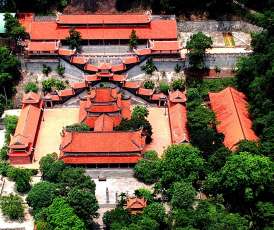









TraZefUK
on Nov 28, 2025HerbertPhomaMS
on Oct 19, 2025Lilyan Cuttler
on Oct 15, 2025Avenue17XC
on Sep 14, 2025Avenue18JL
on Jul 21, 2025